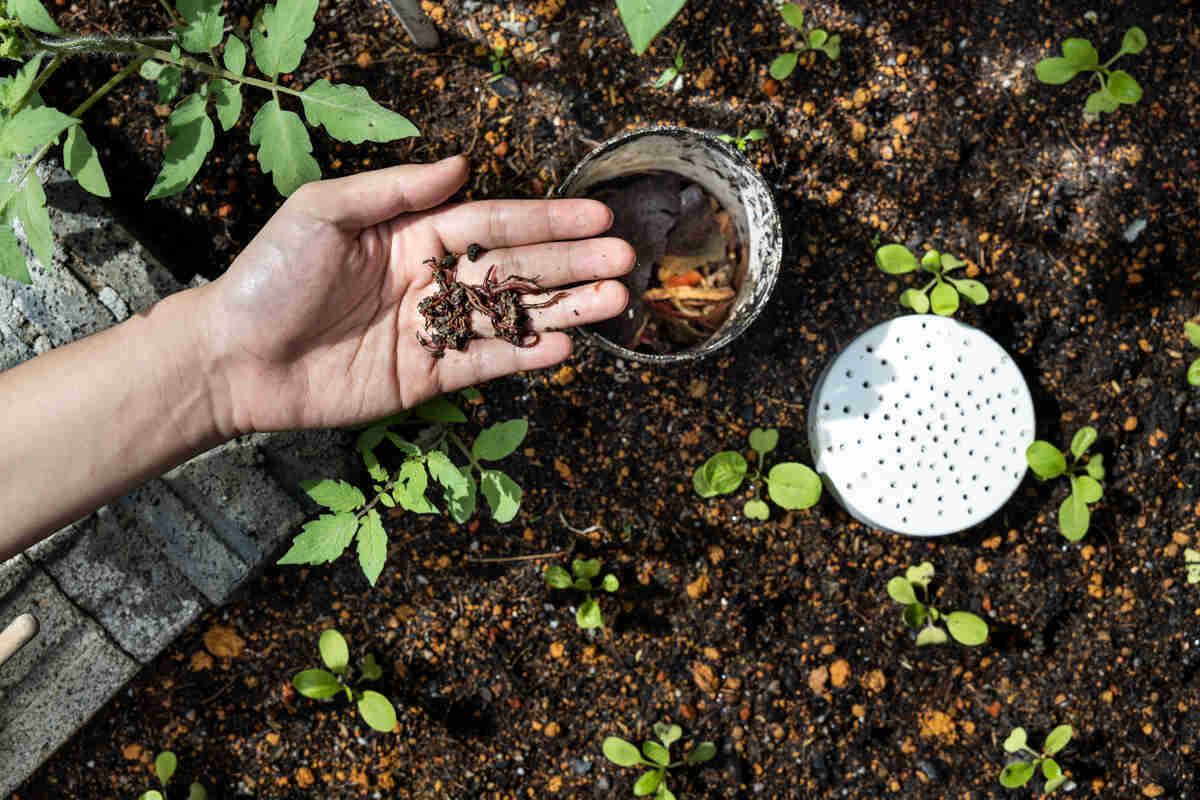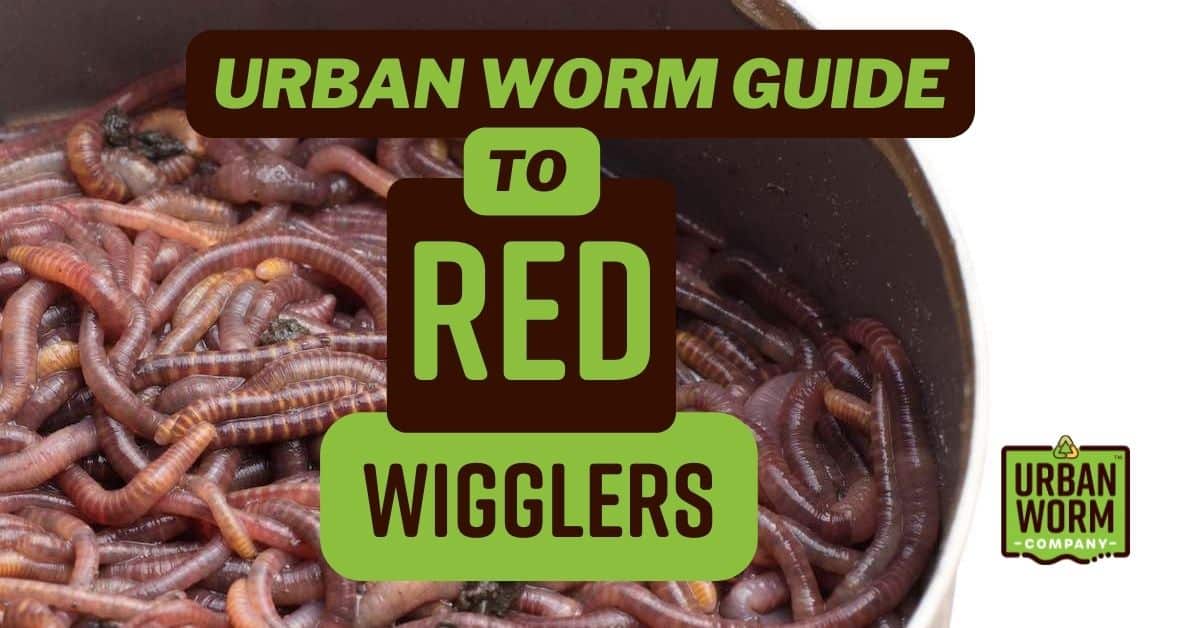The Main Principles Of Red Wiggler Express
The Main Principles Of Red Wiggler Express
Blog Article
Rumored Buzz on Red Wiggler Express
Table of ContentsThe Best Strategy To Use For Red Wiggler ExpressThe Basic Principles Of Red Wiggler Express Rumored Buzz on Red Wiggler ExpressSome Known Factual Statements About Red Wiggler Express Red Wiggler Express Things To Know Before You Buy
And the growing Red Worm population? Even in the load that was established up directly in front of yard composters with existing Red Worm nests.
Several varieties, consisting of Red Wigglers, European Nightcrawlers, and Lumbricus varieties were brought over from the European continent. Yet here's the thingNative or not - and as gifted as they go to having the ability to survive in a wide-range of atmospheres and conditions -. To put it simply, they are much more most likely to socialize in any kind of energetic composting systems you have actually established, than they are to roam off and start destroying the atmosphere.
Roots need oxygen for respiration and depend on smooth air flow within the dirt to grow. However, when it rains, soil can end up being saturated with water, reducing the oxygen offered and preventing nutrient absorption - Where To Buy Worms. To preserve an optimal equilibrium, the dirt has to enable water to drain effectively, leaving sufficient area for air to support root wellness
Unknown Facts About Red Wiggler Express

When it comes to worms for composting, what comes to mind? If you were an earthworm dog breeder, dealer, or simple gardener, then you 'd recognize that red wiggler worms are the suitable worms for vermicomposting. To find out more about these planet marvels, reviewed some of the red worm facts below.
(https://www.craigslistdirectory.net/Red-Wiggler-Express_395573.html)If they extend their bodies, you'll be able to see the red stripes on their skin. When elevating worms such as red wiggler worms, you need to be able to know how to profit them. When you're able to preserve and care for their habitat well, and likewise feed them the best type of organic wastes, after that they'll have the ability to create nutrient-packed and quality-rich worm spreadings for you (likewise called worm poop or compost).
Facts About Red Wiggler Express Uncovered
What do worms eat? Well, these red wriggler worms can be fed with kitchen area scraps and garden wastes.

This habits makes them appropriate permanently in worm bins, compost heap, and various other constrained rooms where organic waste is abundant. Creating an optimal environment for red wigglers requires a thoughtful approach. Think about the complying with essential elements to take care of red wigglers in the house and ensure their health: Use a bed linens of shredded newspaper or cardboard.

Red wiggler worms recreate by laying little, lemon-shaped eggs in protective cocoons. These cocoons are typically transferred in the bed linens and hatch into baby worms within a couple of weeks.
Red Wiggler Express Fundamentals Explained
Their adaptability and resilience have made them a prominent choice for vermicomposting in numerous regions worldwide. Yes! They can endure from a variety of 32F to 90F. They are extremely adaptable animals. Consider protective actions for extremely severe temperature levels such as: Protecting the worm bin with layers of straw or leaves.

When looking after your red wigglers it's essential to bear in mind to: 1) K.I.S.S (Keep it Simple) and 2) everything in moderation. These guidelines relate to feeding your garden compost worms, sprinkling your worm bins, and practically everything else included in looking after them. Simply bear in mind - you can always include even more food later (but it's difficult to get rid of feed once it's been included in a bin!).
Because I fed the red wigglers and garden compost worms too a lot, they weren't able to maintain up and over time the older food went leftover and developed anaerobic problems that killed the worms. Below're the 6 golden guidelines for exactly how commonly and exactly how much to feed your worms: Rule # 1: Small amounts!
Red Wiggler Express - Truths
Leftover food will cause anaerobic problems that will eliminate your real-time worms. It is ok to sprinkle a little of their original bed linen (which needs to currently be in the bin) over the food, however the food needs to never ever be hidden and should show up to your eye. Policy # 5: See regulation # 1! Guideline # 6: After the very first feeding, feed the worms 1/3 to 1/2 of their weight.
Report this page